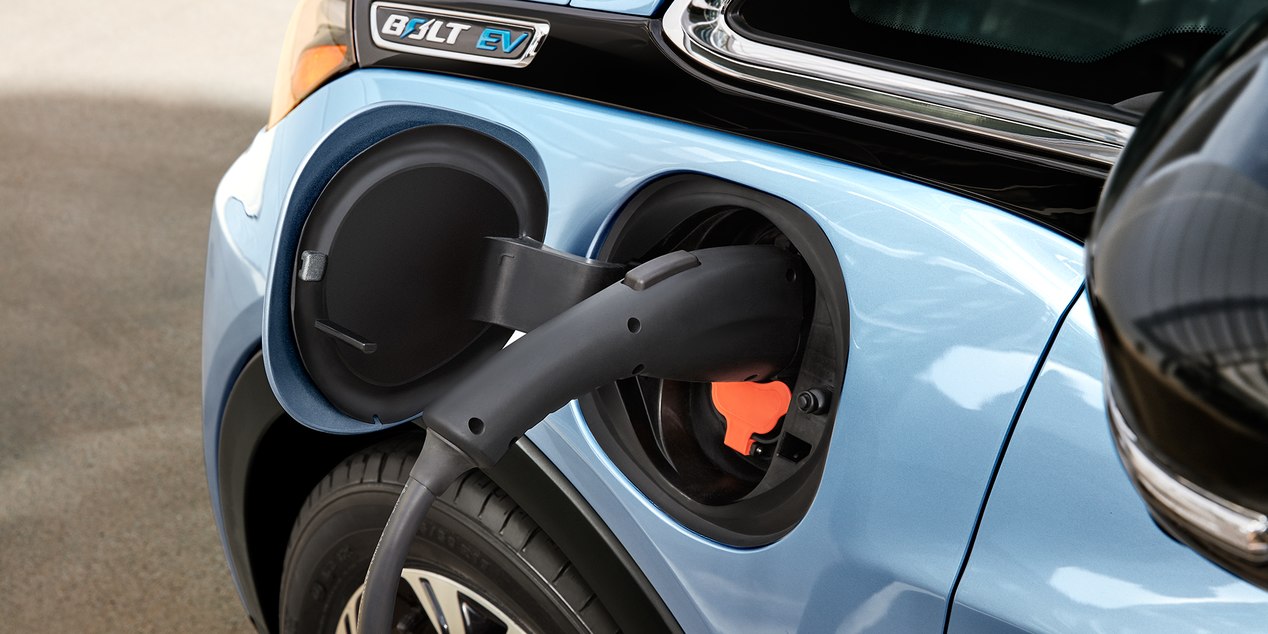I like the Bolt. Yes. Chevy Bolt. I haven’t driven it to write a review, but I really like the way it looks, the specs and its future. When there are hundreds of thousands of people ready to wait for a car after just seeing the pictures and videos, you cannot blame me for saying that I like a car that I haven’t taken for a spin.
What I like the most about Chevy Bolt is not about the car but more about its parent, General Motors. Bolt is a huge statement from a 109 year old company that they are ready to face a new age challenger head on.
That’s a big deal for a company that has red tape hanging all over it’s ceiling. What else will you expect from a company that sells more than ten million vehicles a year and pays more than one hundred thousand employees.
But despite looking like a overloaded container ship that needs careful planning to reverse course, General Motors, led by a female captain in a male dominated industry, has charted a new course and is going full steam.
When every other automaker kept announcing their plans to electrify their fleet, General Motors launched an all-electric passenger car, that too with a range of more than 200 miles.
To understand how difficult it is to deliver a car with an anxiety reducing range, just try counting the number of electric vehicles on sale today with more than 200 miles range. You wont need a third hand to help you.
Nissan has sold more than 320,000 LEAFs all over the world and they are planning to release a 200 plus mile LEAF only next year. I am confident Nissan will deliver on its promise, but it goes on to show how difficult it is to cross the 200 mile range milestone.
General Motors not only did that, but also priced the car in the vicinity of $35,000, taunting Tesla’s Model 3. That’s why I think GM knows that it’s making a statement and it wants to stay the course.
But building Electric Cars is not cheap. Unless you scale battery production, the cost of battery packs and your investments to build capacity will eat up all your profits. Tesla is a great example for this phenomenon. Though a lot of people would want you to believe that Tesla is a money loser no matter what they do, the truth is manufacturing needs economies of scale to reduce cost and bring in the profits.
General Motors is not the most profitable auto company in the world. In 2016, the company reported revenue of $149.18 billion. Net Income = $9.43 billion
A mid single digit operating margin is nothing to write about. But it tells you how difficult a decision would be to invest billions of dollars to launch an all-electric passenger car and be ready to take some bottom line hit, when the bottom itself is wafer thin.
This is why major automakers, even the highly profitable luxury car makers are still not plunging neck deep in the all electric ocean. They don’t want to be left out either, so the best way to proceed is the slowest way to proceed.
The Porsche Taycan, a project code named Mission E has been in the works since 2015 and the car is yet to be delivered to its first customer. BMW, for all the muscle power and money power it has, is planning to launch iX3, with a range of more than 200 miles by 2020. BMW says it will not be mass producing EVs until 2020. These are highly profitable automakers taking their time to get going.
General Motors sold 23,297 Bolts in 2017 (US). Though the company is facing production issues, they are sitting on top of some nice backlog that will give the company enough confidence to increase production capacity and improve Bolt sales over time.
GM has plenty of time to increase production as no other car maker including Tesla is threatening Bolt’s market. Tesla will need at-least two to three more quarters to bring down Model 3 cost down to $35,000. But it would still be a standard battery version with less bells and whistles. GM will be looking to pit its top model with all the bells and whistles around the $35K to $40k price point.
Tesla will still be a formidable competitor, but lets not forget that the US Small luxury segment sold more than 450,000 units in 2017. There is plenty of space in the market for Chevy Bolt and Tesla Model 3 to have a go at each other. If we throw Nissan Leaf in the mix it will be more like Model 3, Bolt and the Leaf, taking on every body else.
Wouldn’t it be nice to see Model 3, Chevrolet Bolt and Nissan Leaf, taking home more than 100K unit sales in 2019. And we are only talking United States.



